Overview
This Microsoft Azure Solutions Architect Technologies training class (AZ-303) teaches participants how to incorporate business requirements into secure, scalable, and reliable cloud solutions.

Objectives
At the end of Microsoft Azure Architect Technologies (AZ-303) training course, participants will be able to

Prerequisites
Participants must have practical experience with operating systems, virtualization, cloud infrastructure, storage structures, billing, and networking.

Course Outline
- Manage Azure Subscriptions and Resources
- Azure monitoring capabilities using Azure alerts
- Azure activity logs, and Log Analytics
- Query, analyze, and interpret the data viewed in Log Analytics
- Implement and Managing Storage
- Azure storage accounts
- Data replication
- How to use Azure Storage Explorer
- Deploy and Managing VMs
- Create Virtual Machines (VM)s within the Azure Portal
- Create Virtual Machines (VM)s using Azure PowerShell
- Create Virtual Machines (VM)s using ARM templates
- Deploy Linux Virtual Machines (VM)s
- Monitor Virtual Machines (VM)s
- Configure and Managing Virtual Networks
- Network routing using routing tables and algorithms
- Inter-site connectivity using VNet-to-VNet connections and VPNs
- Virtual network peering for regional and global considerations
- Gateway transit
- Manage Identities using Azure Active Directory
- Role-Based Access Control (RBAC)
- Built-in roles
- Self-Service Password Reset (SSPR)
- Authentication methods for password reset
- Evaluate and Performing Server Migration to Azure
- Migrating workloads to a new environment
- Components of the Azure migration process
- Overview of Azure Site Recovery (ASR)
- Implement and Managing Application Services
- Deploying Web Apps
- Managing Web Apps
- App Service Security
- Serverless Computing Concepts
- Managing Event Grid
- Managing Service Bus
- Managing Logic App
- Implement Advanced Virtual Networking
- Azure Load Balancer
- Azure Application Gateway
- Site-to-Site VPN Connections
- Secure Identities using Azure AD
- Azure AD Identity Protection
- Azure Domains and Tenants
- Azure Users and Groups
- Azure Roles
- Selecting Compute and Storage Solutions
- Azure Architecture Center
- Cloud design patterns
- Competing consumers pattern
- Cache-aside pattern
- Hybrid Networking
- Site-to-site connectivity
- Point-to-site connectivity
- Combining site-to-site and point-to-site connectivity
- Virtual network–to–virtual network connectivity
- Measuring Throughput and Structure of Data Access
- DTUs – Azure SQL Database
- RUs – Azure Cosmos DB
- Structured and unstructured data
- Using structured data stores
- Creating Web Applications using PaaS
- Using shell commands to create an App Service Web App
- Creating Background Tasks
- Using Swagger to document an API
- Creating Apps and Services Running on Service Fabric
- Creating a reliable service
- Creating a Reliable Actors app
- Working with Reliable collections
- Using Azure Kubernetes Service
- Understand the Azure Container Registry
- Use Azure Container instances
- Developing Long-Running Tasks and Distributed Transactions
- Implementing large-scale, parallel, and high-performance apps using batches
- HPC using Microsoft Azure Virtual Machines
- Implementing resilient apps by using queues
- Configuring a Message-Based Integration Architecture
- Configure an app or service to send emails
- Configure an event publish and subscribe model
- Configure the Azure Relay service
- Configure apps and services with Microsoft Graph
- Developing for Asynchronous Processing
- Implement parallelism, multithreading, and processing
- Implement Azure Functions and Azure Logic Apps
- Implement interfaces for storage or data access
- Implement appropriate asynchronous computing models
- Implement autoscaling rules and patterns
- Developing for Autoscaling
- Implementing autoscaling rules and patterns
- Implementing code that addresses singleton application instances
- Implementing code that addresses a transient stat
- Developing Azure Cognitive Services Solutions
- Developing Solutions using Computer Vision
- Developing solutions using Bing Web Search
- Developing solutions using Custom Speech Service
- Developing solutions using QnA Maker
- Develop for Azure Storage
- Develop Solutions that use Azure Cosmos DB Storage
- Develop Solutions that use a Relational Database
- Modeling a Database by using Entity Framework Core
- Develop Solutions that use Microsoft Azure Blob Storage
- Manipulating Blob Container Properties in .NET


 Projects
Projects Assignments
Assignments









